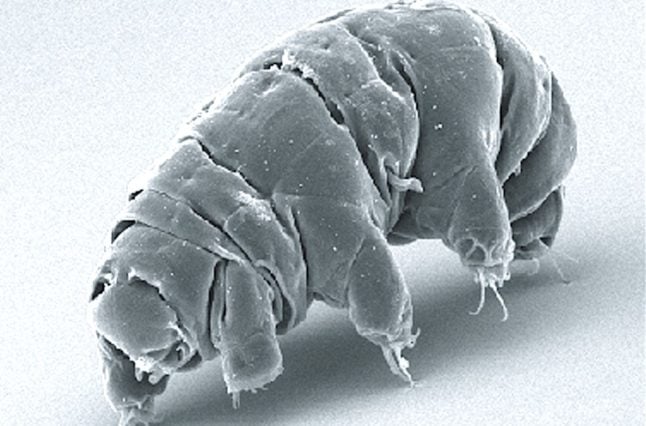Sometimes called “water bears” or “moss piglets”, tardigrades are eight-legged, microscopic animals known for their ability to survive in places little wildlife can – such as Mount Everest, the ocean floor and even in space.
Despite its adaptations to extreme conditions, it also gets along fine in Denmark where there is a sizable population of the creature, which can grow to up to 1.5 millimetres in length.
That is according to researchers at the University of Copenhagen who have studied the creature’s prevalence in the Nordic country using a method called environmental DNA. This is a technique by which the DNA from all living organisms is traced from the earth and analysed.
The results of the research have found that Denmark’s soil is crawling with tardigrades, who don’t need their resistance of temperatures as low as -273 degress Celsius to survive the Danish winters.
“We don’t know the total numer of spcies of tardigrades in Denmark but our analyses have shown 96 unique DNA sequences from tardigrades – only 13 of these are known species –and there are probably more, so the diversity of them is huge,” researcher Nadja Møbjerg from the university’s Department of Biology said in a press statement.
The last study on tardigrades in Denmark took place back in 1972, when the DNA methods used in the new research were not yet available.
The tiny animal’s ability to survive in most environments relies on a highly unusual hibernation state, called cryptobiosis, which it can switch on and off as needed. It does this if it is exposed to conditions like extreme drying or cooling.
Researchers have observed tardigrades waking up and reproducing after 30-year hibernation periods, and one past study found examples of tardigrades that have lain dormant for a full 120 years then being able to move, albeit without subsequently being able to reproduce.
“It’s almost like sci-fi-like if we transfer some of the tardigrades’ abilities to lie dormant to humans or other organisms. Intense research is therefore going into how their hibernation works down to the molecular level,” Møbjerg said.


 Please whitelist us to continue reading.
Please whitelist us to continue reading.
Member comments